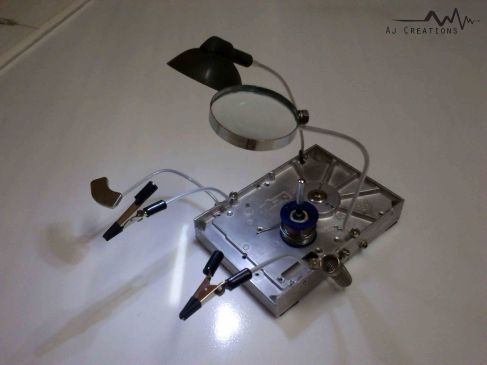Last year this time, a five-man team including me were working on a mini tricopter for a competition which later got replaced by the mini quadcopter for unexpected reasons. In the span of less than two months (Dec 2013-Jan 2014), a bunch of guys who had never before been around a multirotor and watched months of partial failure with the tricopter which barely lifted a foot off the ground and turned into a three bladed weapon of mass destruction, actually pulled off a working quadcopter that complied with the competition rules.
Honestly, trying to build a mini FPV multirotor with a flight time of 15 minutes is quite a challenge for any beginner. To build a mini quad that weighs in close to a kilogram to do 15 minute flights is out of question. But, we did manage to build a 330mm FPV quad that flew 10 minutes+ on a 3S 1Ah LiPo which is not really bad.
How we did it is not complicated as it is, but it took a lot of prototyping and design optimizations before we saw any real exciting number like 400g AUW and 10 minute flight times. I’m sure there are better contraptions than what we managed, but I’m going to share one crucial thing about our quadcopter, its frame, just in case someone out there is trying to build something quick & dirty similar.
The quadcopter’s frame was the centerpiece of this puzzle, it needed to be very light and very strong — classic engineering paradox — and the final product was a light 28g and about 50 crashes strong fiberglass frame. We improvised on most parts of the glassing process, but you don’t necessarily have to.
Continue reading “DIY- Mini Quad Fiberglass Frame” →







